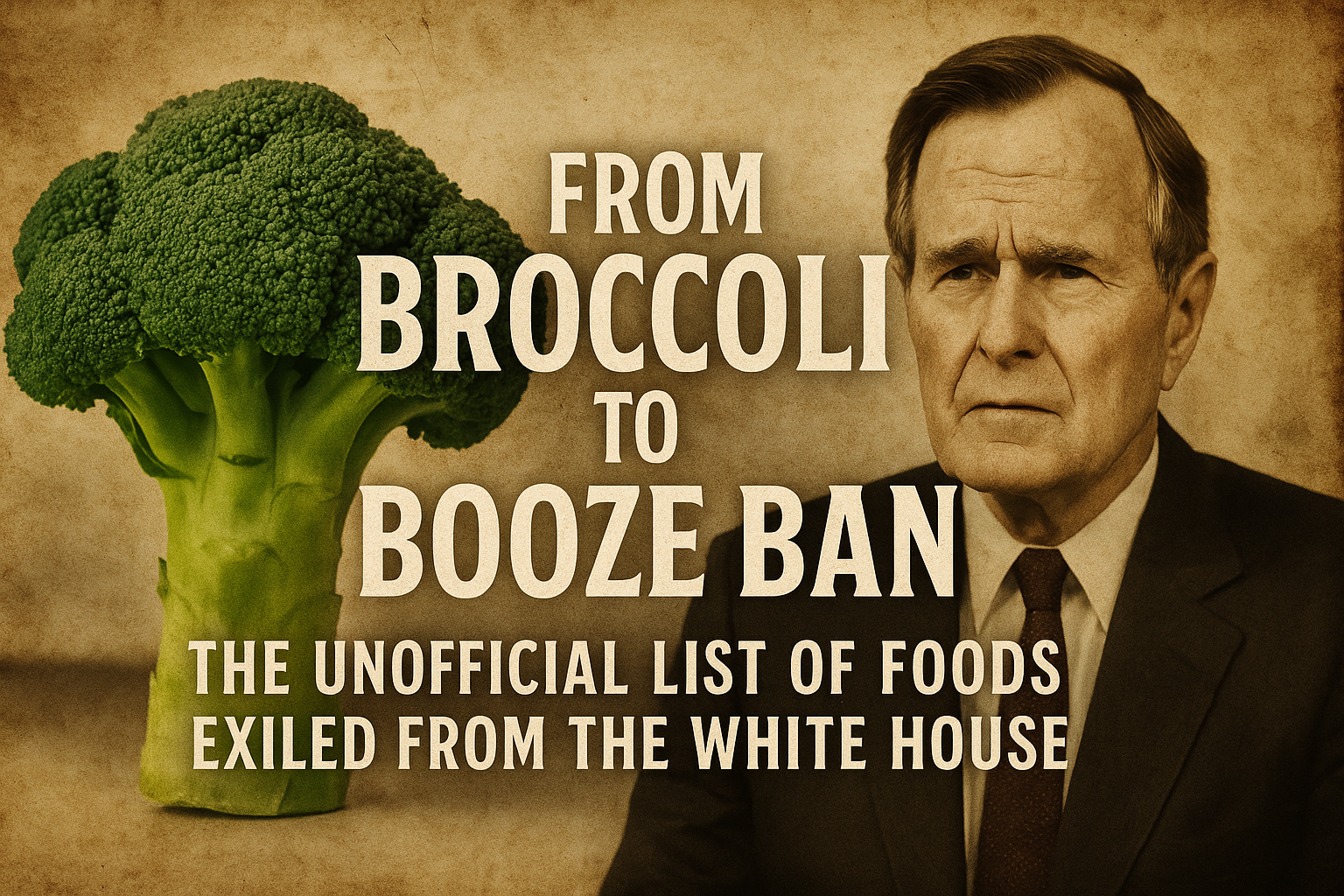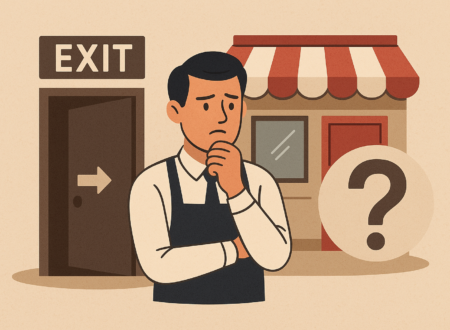From Broccoli To Boozy Ban The Unofficial List of Foods Banned From The White House
The White House kitchen, a culinary beacon for state dinners and daily meals for the First Family, often operates under the unique and sometimes peculiar preferences of its residents. While no single, permanent “banned list” is officially published, various presidents and First Ladies throughout history have effectively banished certain foods from the presidential table, driven by personal taste, health initiatives, or even broader political messaging. These culinary prohibitions offer a fascinating glimpse into the lives and policies of America’s leaders.
George H.W. Bush And The Great Broccoli Ban
Perhaps the most iconic example of a presidential food ban involves broccoli. In March 1990, President George H.W. Bush famously declared his disdain for the cruciferous vegetable, stating, “I do not like broccoli. And I haven’t liked it since I was a little kid and my mother made me eat it. And now I’m President of the United States, and I’m not going to eat any more broccoli!”
This pronouncement, made initially in jest about merit pay for federal workers, quickly escalated into a national conversation, especially after it was reported he had banned it from Air Force One. The ban extended to the White House kitchen, with chefs instructed not to serve it to the President or stock it. California broccoli growers even sent 10 tons of the vegetable to the White House in protest, which was subsequently donated to local food banks. The “broccoli ban” became a running gag throughout his presidency and beyond, symbolizing a leader’s ability to exert control, even over his vegetables.
Michelle Obama’s Health Drive And The Processed Food Purge
During her tenure as First Lady, Michelle Obama championed healthy eating and combating childhood obesity through her “Let’s Move!” initiative. This focus translated directly into the White House kitchen. While not a literal “ban” across all menus for all guests, her strong preferences and policy goals effectively removed many highly processed items from the First Family’s daily meals and significantly influenced menus for events and school lunches across the nation.
One notable casualty of this healthier push was boxed macaroni and cheese. According to White House chefs, items like the popular blue-box mac and cheese, a favorite of younger family members like Chelsea Clinton in a previous administration, were effectively put “on hold” in favor of freshly prepared, nutritious alternatives. Michelle Obama’s efforts aimed to model healthier eating habits, significantly shifting the culinary landscape within the executive mansion towards more fruits, vegetables, and whole grains.
Nancy Reagan’s Dietary Directives
First Lady Nancy Reagan was also known for exercising significant influence over the White House kitchen, particularly regarding President Ronald Reagan’s diet. While not always a public “ban,” White House Chef Roland Mesnier recounted instances where specific foods were off-limits when the First Lady was present. Ronald Reagan, known for enjoying comfort foods, would sometimes request a “thick steak cooked well done, gooey macaroni and cheese, and rich chocolate mousse” when Nancy was out of town. These were reportedly foods she had explicitly restricted from his diet, with Mesnier jokingly saying chefs “would have been shot if she ever found out!” This indicates a strict unwritten rule against certain indulgent dishes when the First Lady was overseeing the kitchen.
Richard Nixon’s Disdain for Soup
President Richard Nixon held a peculiar dislike for soup, famously telling his chief of staff, H.R. Haldeman, “Men don’t really like soup.” His aversion went beyond personal preference; he reportedly banned it from state dinners because he found it too time-consuming to eat. This particular culinary quirk aimed to streamline formal meals and perhaps reflected a broader desire for efficiency, even in dining.
Jimmy Carter’s Alcohol Prohibition
In a more comprehensive and morally driven “ban,” President Jimmy Carter famously prohibited alcohol from being served on the grounds of the White House during his presidency. A devout Southern Baptist, Carter’s decision stemmed from his personal convictions and his brother’s struggle with alcoholism. While wine was still allowed to be served at state dinners and he would occasionally sip it at special events, the general presence and consumption of alcohol within the White House were significantly curtailed under his administration.
Eleanor Roosevelt’s Depression-Era Economy Menu
During the Great Depression, First Lady Eleanor Roosevelt, deeply empathetic to the struggles of ordinary Americans, championed austerity in the White House kitchen. She appointed a housekeeper, Henrietta Nesbitt, who, despite criticism for the blandness of her meals, prioritized economy and nutrition over gourmet extravagance. This effectively “banned” the decadent, elaborate, and expensive foods that had characterized earlier White House dining, replaced by simpler, more cost-effective dishes like prunes, gelatin salads, and copious amounts of mutton. Her intent was to set an example of frugal living for a nation in hardship.
The Ever-Evolving White House Menu
These instances illustrate that the White House menu is a dynamic entity, constantly adapting to the tastes, health philosophies, political stances, and even personal idiosyncrasies of its occupants. While specific foods might not be on a formal “blacklist” for all time, presidential preferences have undeniably shaped the culinary landscape of America’s most famous residence, providing a unique lens through which to view leadership and public life. The ongoing interplay between personal taste and public policy ensures that the White House kitchen remains one of the most interesting and scrutinized dining rooms in the world.





